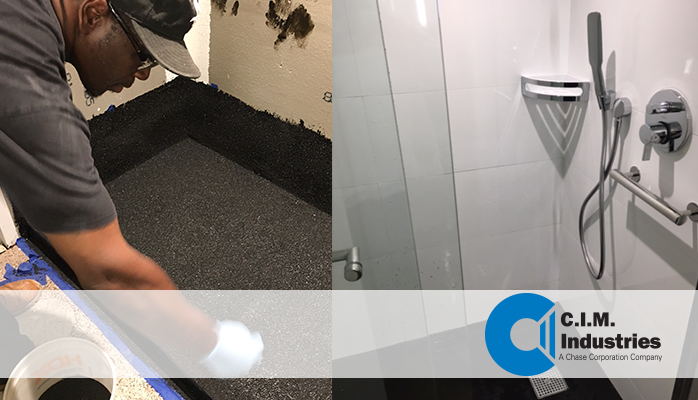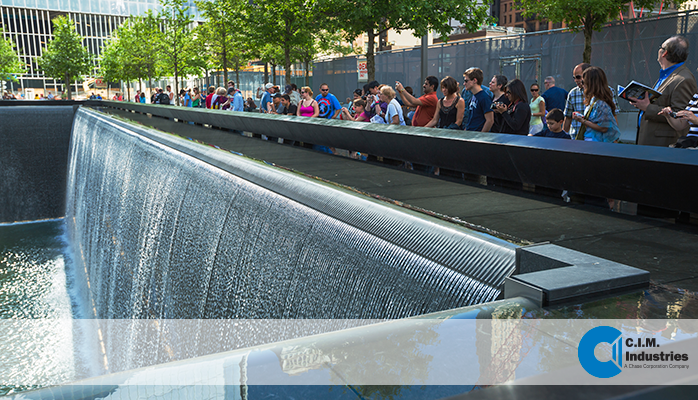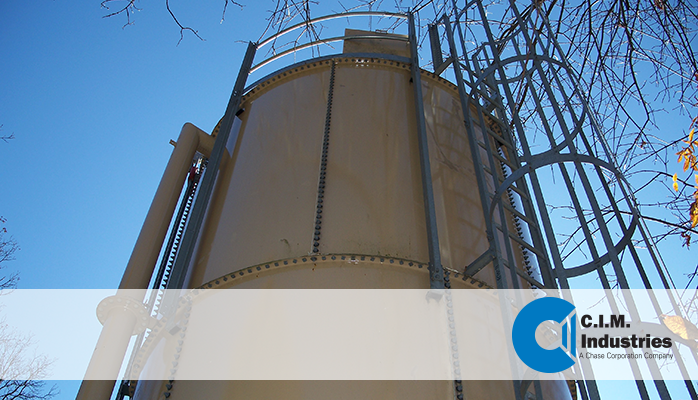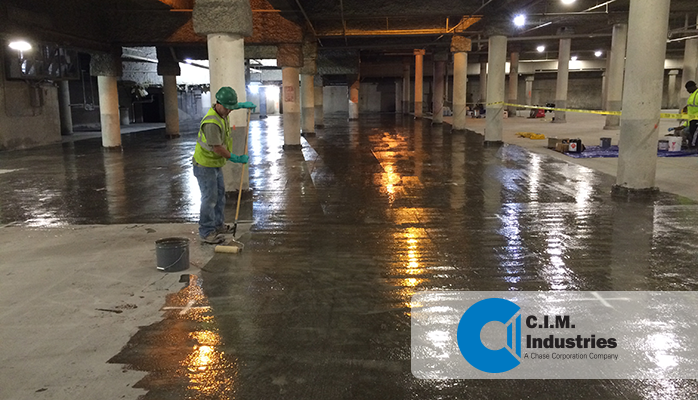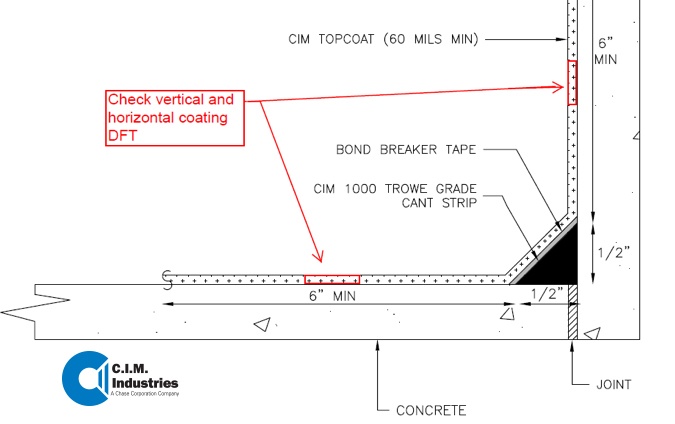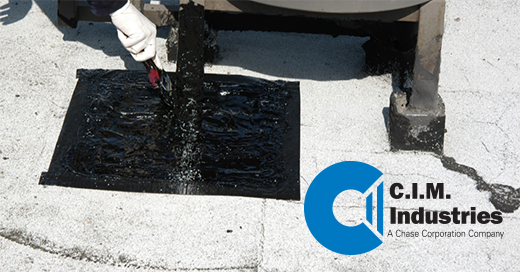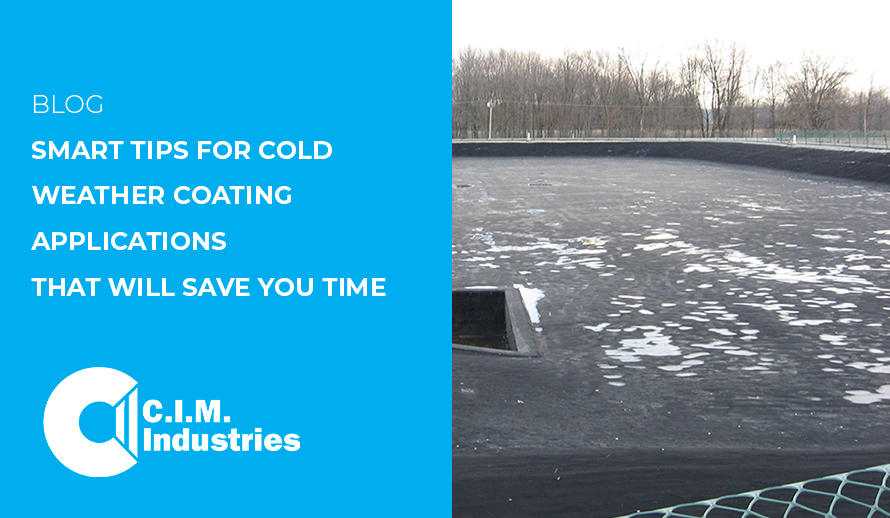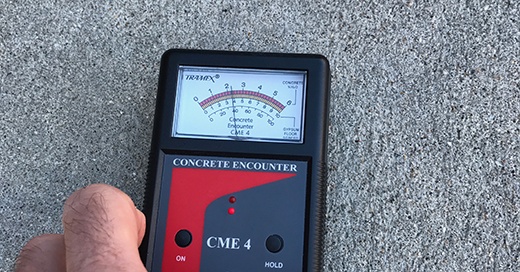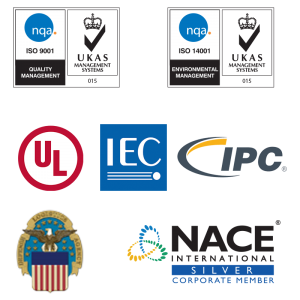A waterproofing warranty is a legally binding agreement which a company guarantees that some or all its work will be free of defects, typically for a specific length of time, and is normally approved and signed by both the owner of the project as well as a representative of the company manufacturing the product. A warranty provides for a remedy in case there are certain problems with the product provided to the customer. The intent is to provide peace-of- mind to the customer, ensure the product is backed by the company and is consistent with claims related to performance and reliability of the product. If you purchase a waterproofing solution and later discover that it’s defective, you can file a claim with the company – assuming the waterproofing solution is still under warranty – to recoup some or all the cost related to the product. A warranty is essentially a company’s assurance that its product will live up to its claims.
Topics: Concrete coating, CIM Industry, CIM Concrete Waterproofing, Concrete Waterproofing, Waterproofing tiles
When installing tile, whether it’s flooring for a restaurant kitchen, a swimming pool or a patio deck, the process should include waterproofing the substrate prior to the tile installation.
Topics: CIM 1000 Premix, CIM Industry, CIM Concrete Waterproofing, Waterproofing tiles
More On Waterproofing The World Trade Center Fountains
The World Trade Center memorial (WTC) in New York City contains two enormous fountains which presented many waterproofing challenges.
The contractor team spent over 18 months installing the concrete waterproofing system that was selected for the job. Here are the methods utilized:
Topics: World Trade Center Memorial, Concrete Waterproofing, Concrete Sealant
When designers started to plan what would become North America’s largest man-made waterfalls (World Trade Center Memorial -WTC) in New York City, they faced a number of challenges. One of the biggest concerns was how to contain vast quantities of water while preventing infiltration into underground structures.
Topics: Concrete coating, World Trade Center Memorial, Concrete Waterproofing, Concrete Sealant
Understanding Potable Water Approvals for Tank Coatings and Linings
Clean drinking water is often taken for granted. Drinking water standards are more stringent today to ensure that water is safe to drink. In 1988, NSF/ANSI 61 Drinking Water Systems Components – Health Effects standard was published. There are several laboratories certified by ANSI to test to this standard, including Underwriters Laboratories, the National Sanitation Foundation, and the Water Quality Association.
To Prime or Not to Prime… That Is the Question
Have you ever found yourself on a job site with one or more of the following conditions?
Topics: CIM Documentation, CIM Concrete Waterproofing, EMT Primer
Congratulations! You have finished installing a two-component, high-build elastomeric coating on the interior of a water detention tank. The next task is to perform a final walk-through inspection. Before we get started, it is important to know what to look for prior to the inspection. Consult the specific job specification as well as any manufacturers literature:
- Instruction guides
- Application checklists
- Specifications
- Technical data sheets
Topics: CIM Documentation, CIM Industry, CIM Concrete Waterproofing
Waterproofing membranes, waterproofing coatings, and waterproof linings are terms that can be applied to a wide range of products. They can be cold-applied liquid products, hot-applied products, peel-and-stick membranes or thermoplastic linings to name a few. All these products provide a good barrier to water when used under proper circumstances. So, why do so many installations leak?
Left image: reinforcing fabric installation on a roof
The presence of leaks can almost always be attributed to poor attention to the waterproofing details, including:
Topics: CIM blog topic, waterproofing tapes
Smart Tips For Cold Weather Coating Applications That Will Save You Time
It’s common knowledge that colder temperatures can impact the curing of coatings. To achieve the optimum performance properties of the coating, special attention to the manufacturer’s application guidelines is needed.
Applications at colder temperatures, or below the manufacturer’s recommendations, require experienced contractors who are familiar with CIM products.
Topics: CIM Documentation, drying concrete, Concrete coating, CIM Cold Weather Application
How to Dry Concrete Prior to a Coating Application
Coatings fail to bond to concrete for two reasons:
- Lack of sufficient surface profile.
- Moisture in the concrete
Today, most coating manufacturers require concrete substrates to be dry (<5% moisture content) with low vapor transmission (< 3-5lbs per 1000 sq. ft./24 hours) before applying most types of membranes. This applies to both new and existing concrete substrates, although each may have its own set of moisture-related problems. For example, a 90-year-old poured-in-place partially buried concrete tank may face an entirely different set of circumstances from a newly constructed concrete slab with a steel tank mounted on it. Ultimately, the concrete needs to be dry prior to coating.
Topics: CIM 1000 Premix, CIM blog topic, CIM Documentation, drying concrete


